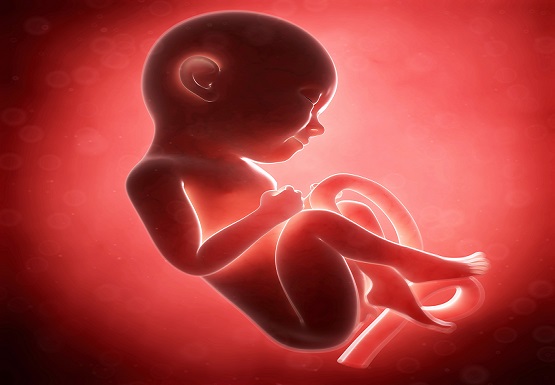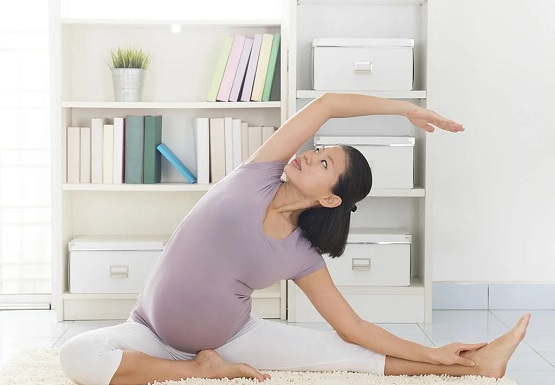Is It Too Late For a Baby?

Many married couples put off having babies until they feel that they are financially stable to give their kids the best. Career is the other commonly cited reason and given advanced medical and prenatal care, most women can have a healthy pregnancy and a healthy baby even at advanced maternal age.
However, delaying motherhood has a host of downside that has important implications to women planning a pregnancy, their spouses and their families.
Age and chances of conceiving
There are approximately two million cells in the ovaries at birth. Only about 400,000 of the cells survive till puberty, and only about 400 of those that survive until puberty will be released at ovulation during a woman’s lifetime. The rest will degenerate. Another point to remember is that the quality of the cells that survive also deteriorates with age which will increase the risk of Down’s syndrome.
Complication of pregnancy
From the previous factors mentioned, the chance of spontaneous miscarriage (foetal loss before 24 weeks of pregnancy) and stillbirth (foetal loss after 24 weeks of pregnancy) are increased. The risk of having an abnormal foetus is also increased. A significant proportion of the increased risk is due to abnormal genetic make up in the foetus. Excessive nausea and vomiting in pregnancy, hyperemesis gravidarum, is also more common in older mother. This is often attributed to the patient’s increased anxiety.
There is also increased incidence of pre-eclampsia, gestational diabetes mellitus and preterm labour. The risk of low placenta, placenta previa is also increased, although there is no ready explanation for this.
Complications of labour
The duration of labour tends to be longer in older mother. In one study, the duration was reported to be 25% longer than in younger women due to:
- Decreased functional activity of the uterus
- Decreased elasticity of the soft tissues of the birth canal, and
- Decreased muscular and joint mobility
Abnormal position of the foetus often necessitated the use of assisted/instrumental vaginal delivery and caesarean section delivery. Signs of maternal distress and foetal distress also tend to occur more often than expected in the older woman. Close monitoring of the maternal and foetal conditions is important. The perineum and lower vagina do not stretch so well, so that episiotomy is often indicated and extensive perineal tear are more common.
The net result of all these is that assisted/instrumental delivery is required about two to three times as often as in younger women and the caesarean section rate is increased fourfold.
Complications after birth
Postpartum haemorrhage is increased in older mothers. This may be as a result of greater instrumentation and operation required during birth, as well as decreased elasticity of the organ and the blood vessels resulting in greater blood loss.
It appears that postpartum depression is slightly more common among older mothers. However the condition may be multi-factorial, and age may play only a small part in the causation of depression in the puerperium.
The Bottom Line
At the end of the day, there will always be some risk of being unable to have a child. There are no guarantees, not even for women who start trying to conceive in their early 20s. Still, the earlier you start trying, the higher odds you have at the outset, and, just as critically, the longer you have to play those odds. As long as the woman is in good health prior to pregnancy, she can reasonably, be expected to have a good obstetric and normal pregnancy.



